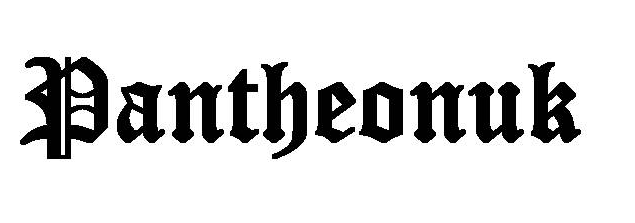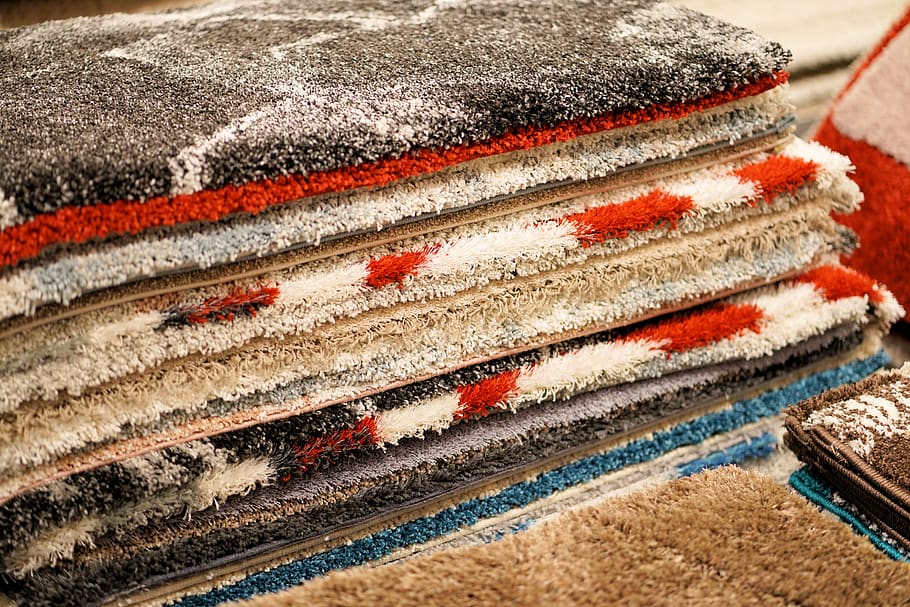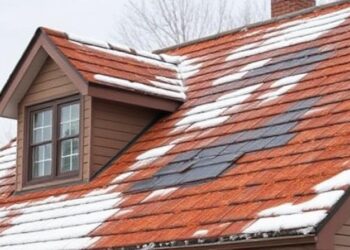Why Termites Are a Concern for Every Homeowner
Termites are often called “silent destroyers” because they can infest your home and cause significant structural damage long before you realize there’s a problem. According to the U.S. Environmental Protection Agency (EPA), termites are responsible for billions of dollars in damage yearly—a cost typically not covered by standard homeowners insurance. That’s why recognizing the signs of termite activity early and taking preventive action can save homeowners money and heartache.
The threat of an undetected termite infestation keeps many property owners alert. Whether making your home more secure or searching for termite control in Brevard, NC, knowing how to spot warning signals and understanding your next steps is crucial to adequate protection. Early detection can make all the difference between a manageable situation and a major, expensive repair project.
Common Signs of Termite Activity
Termite colonies often remain hidden until the damage becomes significant, but there are several telltale signs you can look for:
- Mud tubes: These pencil-sized tunnels run along foundation walls or crawl spaces, providing moisture for subterranean termites.
- Wood damage: Wood that sounds hollow when tapped or is easily pierced with a screwdriver could be infested.
- Discarded wings: Swarming termites shed wings near entry points like windowsills, indicating a nearby colony.
- Frass: Small piles resembling sawdust may be termite droppings, often found beneath wooden structures.
- Bubbling or uneven paint: Termite activity can trap moisture, causing surface paint to blister or appear uneven.
Don’t ignore these signals—even one could point to a developing problem. If you’re unsure, it’s best to consult a professional for a definitive assessment.
How to Tell Termites Apart From Other Insects
Many homeowners confuse termites with carpenter ants, leading to misdiagnosis and delayed treatment. To tell these insects apart, look closely at their features:
- Termites have straight waists, beaded antennae, and two sets of wings of equal length.
- Ants have pinched waists, elbowed antennae, and more extended front wings than the back wings.
Recognizing these differences helps ensure you take the correct course of action. For reliable identification, consult visual guides from reputable sources such as the Purdue University Extension.
Areas of the House Most at Risk
Termites thrive in dark, unseen, and often moist environments. Among the most vulnerable locations are:
- Basements: Especially if wood touches the soil or moisture problems exist.
- Crawl spaces: Poorly ventilated areas offer perfect termite habitats.
- Wooden decks and posts: Structures in direct contact with the ground are at risk.
- Attics: Leaky roofs or blocked vents can increase moisture, attracting termites.
Regularly inspecting these areas and catching red flags early can prevent significant losses.
Steps to Take if You Suspect Termites
Quick and deliberate action is the best defense if you encounter any sign of termites. Follow these simple steps:
- Document findings: Take clear photos of any mud tubes, wings, or damaged wood for reference.
- Avoid disturbing the site: Disrupting the area could drive termites deeper or cause them to relocate.
- Contact a licensed expert: Professional inspections are vital for an accurate assessment and a targeted treatment plan.
Acting without delay can contain the infestation and minimize costly repairs.
Prevention Tips Every Homeowner Can Use
While it’s impossible to make a house completely termite-proof, specific measures go a long way toward protecting your investment:
- Keep gutters and downspouts cleaned and ensure water drains away from your foundation.
- Fix leaks in pipes, roofs, and air conditioning units—moist wood is irresistible to termites.
- Minimize wood-to-soil contact wherever possible, such as for deck posts or fences.
- Store firewood, mulch, and scrap wood at least 20 feet from your house.
- Seal cracks in your home’s foundation and around utility entrances.
Consistent application of these tactics can drastically reduce the chance of infestation.
The Role of Regular Inspections in Long-Term Protection
Yearly inspections by a trained pest control professional are among the most effective defenses against termite activity. Experts are equipped to notice subtle signs—sometimes long before any outward damage appears. Annual termite inspections may be required in certain regions or under specific mortgage agreements. Even outside these mandates, regular checkups should be part of every homeowner’s annual checklist for peace of mind and property security.
Recent Research and Termite Control Regulations
Innovations in termite detection and management are giving homeowners more choices—and safer options—than ever before. Newer technologies include baiting systems that minimize environmental impact and infrared cameras that spot hidden colonies. The New York Times has recently highlighted shifts in recommended practices and the importance of updated approaches in prevention. Staying informed about local regulations and the latest advances ensures homeowners can make smart, safe decisions when tackling these destructive pests.
Trusted Resources for Additional Guidance
When dealing with termites, using trustworthy sources for information is essential. Beyond professional assessment, online resources like the EPA’s guidance on termite risks and prevention can help you tailor a proactive defense for your home. Pair these recommendations with expert advice and support from local pest control professionals to protect your most significant investment.







